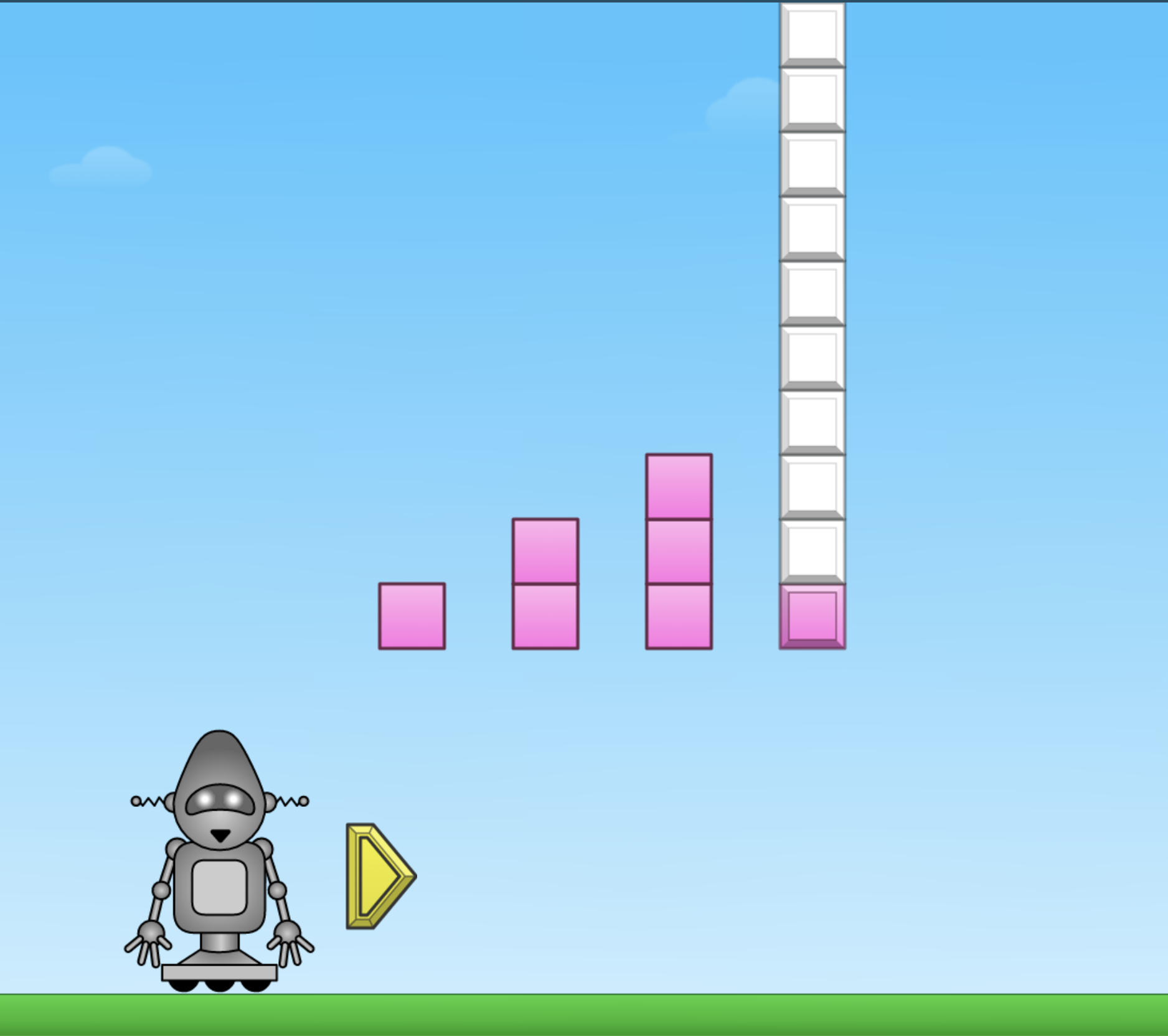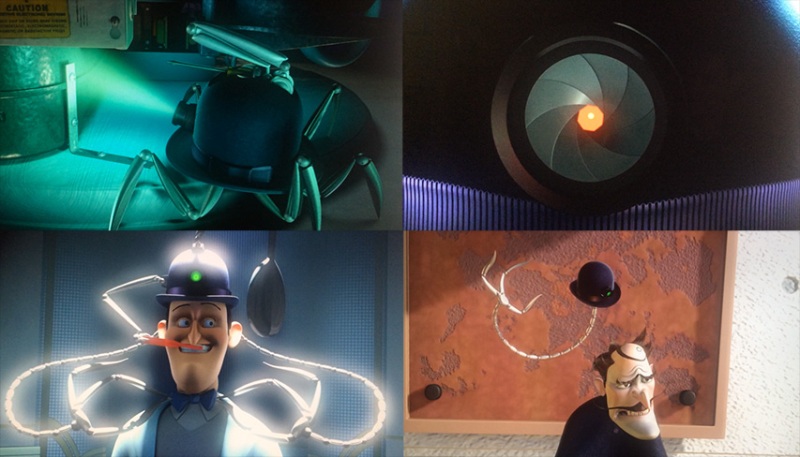Robotics + Art
This week's topic focused on robots and how they incorporate themselves into art. There's no surprise that robotics is an art form as the scientists that work tirelessly to perfect their craft have to weave in countless amounts of patterns to have a functional robot.

Robots transitions from being machines incapable of feeling emotion to machines that can 'feel' empathy for humans. Many forms of media experiment with this idea daily and you can see an abundance of this topic in children's media. One example would be the Disney Channel movie Meet The Robinsons, as the main character is transported into the future filled with robots who can not only speak but are apart of the family. Unfortunately for the main character, they have to fight against one of their own creations as it gained sentience and tries to destroy the world by using an army of mechanical hats. In lecture it was brought up how easy the assembly line, patented by Ford, was able to create a multitude of the same item rather quickly. In the end, the main character was able to defeat their own creation but it brings up the question, How far will humanity go to create a 'human'?

Walter Benjamin brings it up in his paper how "mechanical reproduction of art changes the reaction of the masses toward art". This is evident in the homeless robot, Dirk. Dirk is a robot that was intended to look like a homeless man, roaming the streets of Eindhoven with his cart of 'junk' and music box. At first, no one paid attention to him and continued on with their day but as more and more people started to gather around him, that's when they realized that he wasn't human. This piked the crowd's curiosity leading people to become more bold around the robot. They would constantly speak, tap, and even start pulling on the robot to get a better glimpse of what he truly looks like. This was seen as a triple feat, as Ables was able to incorporate "engineering, a social commentary on homelessness, and an interactive puppet show". Even The crowd treated him as a spectacle, something they would never do to a regular homeless man.
Overall, the main goal of scientists now is to create a robot that is not only functional but also is equipped with the technology to understand human emotion. They want robots to blend into society and hope that one day they will also be viewed as 'living'.
References:
Benjamin, W. (2018). The Work of Art in the Age of Mechanical Reproduction. https://doi.org/10.4324/9781912284894
- Hobson, J. (2016, July 27). Robo hobo bamboozles passers-by. Hackaday. https://hackaday.com/?p=215446
- Park, P. by J. E. (2017, March 30). Doris the robotic bowler hat from Disney’s meet the robinsons. John Park. https://jedgarpark.wordpress.com/2017/03/30/doris-the-robotic-bowler-hat-from-disneys-meet-the-robinsons/
- Unknown. (2022). Stuck on robot patterns?. ST Math. https://help.stmath.com/hc/en-us/articles/360052877274-Stuck-on-Robot-Patterns
Vesna, V. (2024). Lecture Pt 2. Lecture.

Comments
Post a Comment